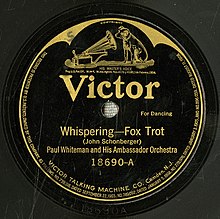
A big band or jazz orchestra is a type of musical ensemble of jazz music that usually consists of ten or more musicians with four sections: saxophones, trumpets, trombones, and a rhythm section. Big bands originated during the early 1910s and dominated jazz in the early 1940s when swing was most popular. The term "big band" is also used to describe a genre of music, although this was not the only style of music played by big bands.
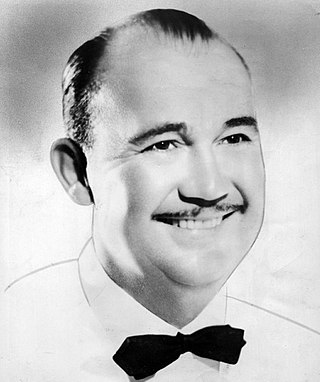
Paul Samuel Whiteman was an American bandleader, composer, orchestral director, and violinist.

Benny Golson is an American bebop/hard bop jazz tenor saxophonist, composer, and arranger. He came to prominence with the big bands of Lionel Hampton and Dizzy Gillespie, more as a writer than a performer, before launching his solo career. Golson is known for co-founding and co-leading The Jazztet with trumpeter Art Farmer in 1959. From the late 1960s through the 1970s Golson was in demand as an arranger for film and television and thus was less active as a performer, but he and Farmer re-formed the Jazztet in 1982.

Rhythm changes is a common 32-bar jazz chord progression derived from George Gershwin's "I Got Rhythm". The progression is in AABA form, with each A section based on repetitions of the ubiquitous I–vi–ii–V sequence (or variants such as iii–vi–ii–V), and the B section using a circle of fifths sequence based on III7–VI7–II7–V7, a progression which is sometimes given passing chords.
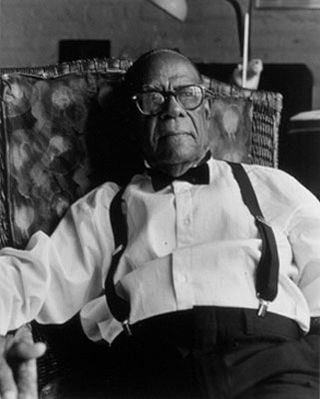
Prudencio Mario Bauzá Cárdenas was an Afro-Cuban jazz, and jazz musician. He was among the first to introduce Cuban music to the United States by bringing Cuban musical styles to the New York City jazz scene. While Cuban bands had had popular jazz tunes in their repertoire for years, Bauzá's composition "Tangá" was the first piece to blend jazz harmony and arranging technique, with jazz soloists and Afro-Cuban rhythms. It is considered the first true Afro-Cuban jazz tune.
"Amapola" is a 1920 song by Spanish American composer José María Lacalle García, who also wrote the original lyrics in Spanish. Alternative Spanish lyrics were written by Argentine lyricist Luis Roldán in 1924. French lyrics were written by Louis Sauvat and Robert Champfleury. After the death of Lacalle in 1937, English language lyrics were written by Albert Gamse. In the 1930s, the song became a standard of the rhumba repertoire, later crossing over into pop music charts.
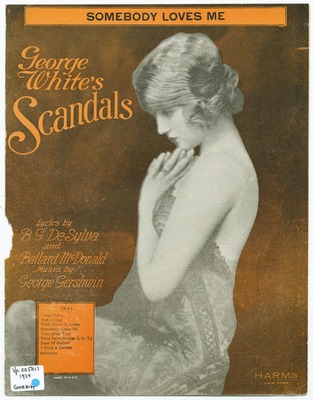
"Somebody Loves Me" is a popular song, with music written by George Gershwin, and lyrics by Ballard MacDonald and Buddy DeSylva. The song was published in 1924 and featured in George White's Scandals of 1924.
Joseph Anthony "Fud" Livingston was an American jazz clarinetist, saxophonist, arranger, and composer.
"Groovin' High" is an influential 1945 song by jazz composer and trumpeter Dizzy Gillespie. The song was a bebop mainstay that became a jazz standard, one of Gillespie's best known hits, and according to Bebop: The Music and Its Players author Thomas Owens, "the first famous bebop recording". The song is a complex musical arrangement based on the chord structure of the 1920 standard originally recorded by Paul Whiteman, "Whispering", with lyrics by John Schonberger and Richard Coburn (né Frank Reginald DeLong; 1886–1952) and music by Vincent Rose. The biography Dizzy characterizes the song as "a pleasant medium-tempo tune" that "demonstrates...[Gillespie's] skill in fashioning interesting textures using only six instruments".
"There'll Be Some Changes Made" ("Changes") is a popular song by Benton Overstreet (composer) and Billy Higgins (lyricist). Published in 1921, the song has flourished in several genres, particularly jazz. The song has endured for as many years as a jazz standard. According to the online The Jazz Discography, "Changes" had been recorded 404 times as of May 2018. The song and its record debut were revolutionary, in that the songwriters (Overstreet and Higgins, the original copyright publisher, Harry Herbert Pace, the vocalist to first record it, the owners of Black Swan, the opera singer for whom the label was named, and the musicians on the recording led by Fletcher Henderson, were all African American. The production is identified by historians as a notable part of the Harlem Renaissance.

"Avalon" is a 1920 popular song written by Al Jolson, Buddy DeSylva and Vincent Rose referencing Avalon, California. It was introduced by Jolson and interpolated in the musicals Sinbad and Bombo. Jolson's recording rose to number two on the charts in 1921. The song was possibly written by Rose, but Jolson's popularity as a performer allowed him to claim composer co-credit. Originally, only Rose and Jolson were credited, and DeSylva's name was added later.

"It's the Dreamer in Me" is a 1938 song composed by Jimmy Dorsey and Jimmy Van Heusen, which was first recorded by Jimmy Dorsey and His Orchestra with Bob Eberly on vocals. Jimmy Dorsey composed the music. The lyrics were written by Jimmy Van Heusen. The song is a jazz and pop standard.
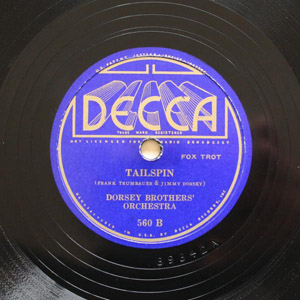
Tailspin is a 1934 song written by Jimmy Dorsey and Frankie Trumbauer. The song was released by Paul Whiteman and His Orchestra featuring Frankie Trumbauer in 1934 on Victor and by The Dorsey Brothers Orchestra in 1935 as a Decca single.

Pop + Jazz = Swing is an album arranged and conducted by Benny Golson featuring performances recorded in 1962 and originally released on the Audio Fidelity label. Record producer Tom Wilson was involved in the sessions and wrote the album's liner notes. The album utilised stereophonic sound to present a jazz group on the right channel and an 11-piece pop orchestra playing the same song or a related tune on the left channel which could be separated or mixed by the listener. The related jazz tunes are contrafacts or borrowed chord progressions where new melodies are overlaid on an existing harmonic structure.
"Lady Bird" is a sixteen-bar jazz standard by Tadd Dameron. This "celebrated" composition, "one of the most performed in modern jazz", was written around 1939, and released in 1948. Featuring, "a suave, mellow theme," it is the origin of the Tadd Dameron turnaround (in C: CM7 E♭7 A♭M7 D♭7 CM7).

"Sensation Rag" or "Sensation" is a 1918 jazz instrumental by the Original Dixieland Jazz Band. It is one of the earliest jazz recordings. It is not related to Joseph Lamb's 1908 "Sensation Rag", which is a ragtime piano piece.

"Wang Wang Blues" is a 1920 jazz composition written by Henry Busse, Gussie Mueller, and Theron E. "Buster" Johnson, with lyrics by Leo Wood. The song was released as a 78 single by Paul Whiteman and his Orchestra featuring Henry Busse on trumpet. The song is a pop and jazz standard.
Wallie Herzer(néWalter Henry Herzer; 15 April 1885 San Francisco – 15 October 1961 Redwood City, California) was an American composer of popular music, music publisher, and pianist. Herzer flourished in music prior to and during World War I.
The Tune Twisters was an American jazz vocal trio founded in 1934 as The Freshmen by Andy Love, Robert "Bob" Wacker, and Jack Lathrop, who also played guitar. They were featured on radio broadcasts and recorded with jazz artists that included (i) Ray Noble in 1935, (ii) Bob Crosby in 1935, (iii) Glenn Miller in 1937, and (iv) Adrian Rollini in 1938. The Tune Twisters performed in the 1937 Broadway production, Between the Devil, singing "Triplets." The production ran from December 22, 1937, to March 12, 1938. During the audition, the Tune Twisters were known as the Savoy Club Boys. Lathrop was a member of the Tune Twisters in 1939 when they recorded the first radio jingle of its kind for Pepsi – "Pepsi-Cola Hits the Spot" (aka "Nickel, Nickel"). The trio also performed in two 1935 films, Sweet Surrender and Melody Magic, the latter directed by Fred Waller. Gene Lantham, in 1940, replaced Lathrop, who went on to become guitarist and vocalist with Glenn Miller.
